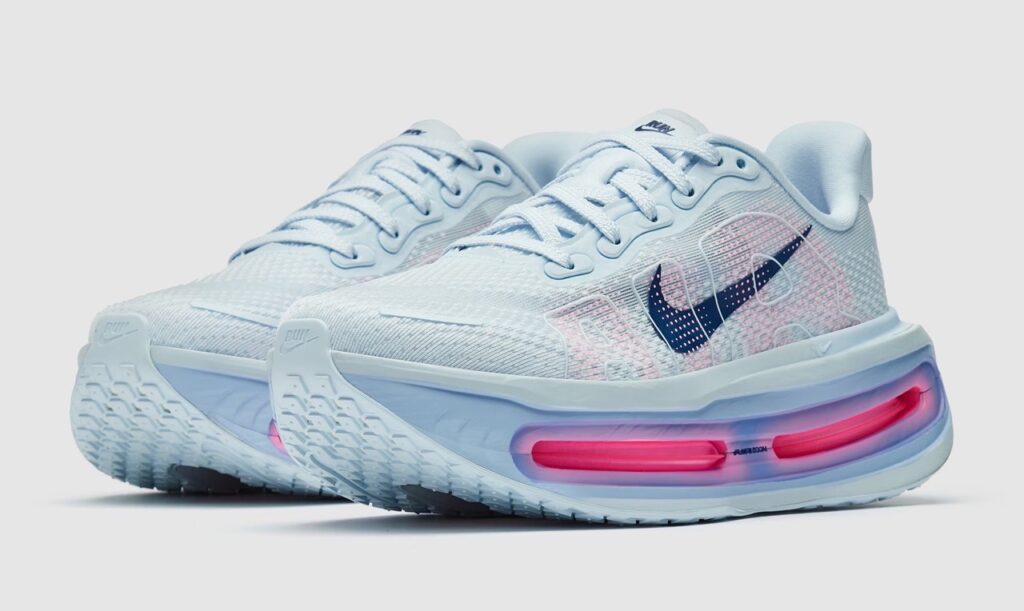

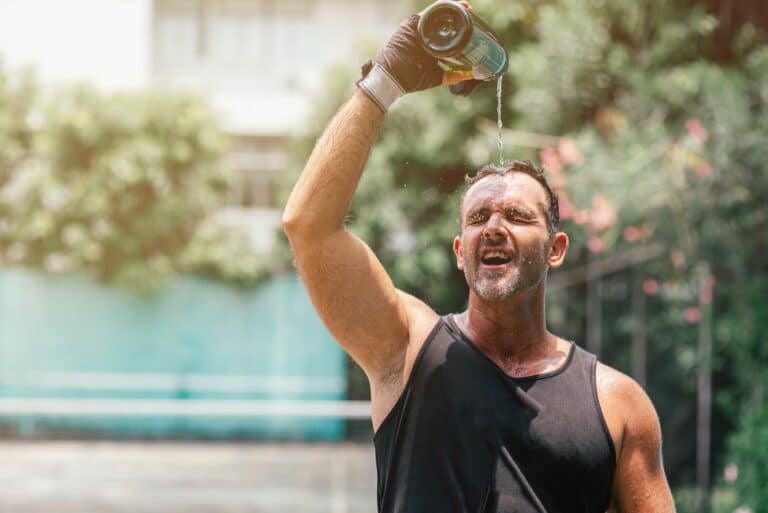
Summer is here, and many of us are excited to hit the trails and go for a run. However, with the extreme heat comes an increased risk of heat stroke. Heat stroke can be a serious condition that can lead to organ damage or even death if not treated promptly.
As runners, it’s important to take precautions to avoid heat stroke while running in the summer. Here are some tips for avoiding heat stroke while running this summer and staying safe.
Heat stroke occurs when the body’s temperature regulation system becomes overwhelmed, leading to a rapid and dangerous rise in core body temperature. This condition can result from prolonged exposure to high temperatures or intense physical activity in hot weather. Heat stroke is life-threatening, often causing the body’s temperature to soar above 106°F (40°C), making it difficult for the body to cool down. Normally, body temperature ranges from 97.7°F to 99.5°F (36.5°C to 37.5°C).
Heat illness can be caused by a combination of factors, including:
Hot, humid weather and high humidity levels can put a strain on the body’s ability to regulate its temperature. When the body sweats, it loses fluids and electrolytes, making it harder to cool down. Dehydration can also occur quickly in hot weather, especially if you’re not replenishing your fluids regularly.
Running or exercising in hot, humid weather can raise your body’s core temperature, making it harder to cool down. The more intense the activity, the more heat your body generates, increasing the risk of heat stroke.
Some medical conditions can increase the risk of heat stroke, such as high blood pressure, heart or lung disease, diabetes, and obesity. These conditions can make it harder for the body to regulate its temperature and put added stress on the cardiovascular system during physical activity.
Certain medications can interfere with the body’s ability to cool down. These include antihistamines, blood pressure medication, and antidepressants.
Heat stroke can come on suddenly and without warning. It’s important to be aware of the symptoms, as well as heat exhaustion symptoms, so you can take action quickly if needed. Signs of heat stroke include:
If left untreated, heat stroke can lead to more severe symptoms such as seizures, loss of consciousness, and even coma.
Heat exhaustion is a milder form of heat-related illness that can progress to heat stroke if not treated promptly. With heat exhaustion, the body’s core temperature remains below 104°F (40°C). Symptoms include excessive sweating, fatigue, thirst, muscle cramps, and heat cramps.
If you or someone else experiences symptoms of heat exhaustion while running, take immediate action to cool down by finding shade or air conditioning, drinking cold fluids, and applying cool compresses to the skin. If symptoms persist or worsen, seek medical attention immediately.
Now that we know what heat stroke is, its causes and its symptoms, let’s look at some ways to prevent it while running in the summer. Consider using sports drinks to help maintain electrolyte balance during runs.
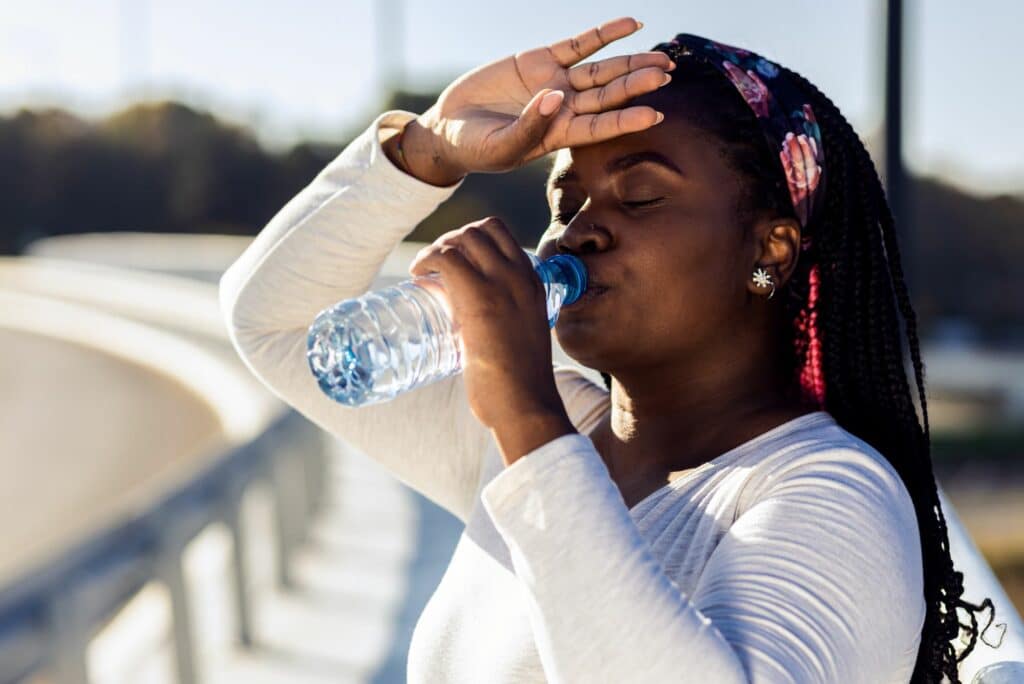
One of the most important things you can do to prevent heat stroke, especially during heat waves, is to stay hydrated. It’s essential to drink water before, during, and after your run to replenish lost fluids. Avoid drinks with caffeine or alcohol, as these can contribute to dehydration.
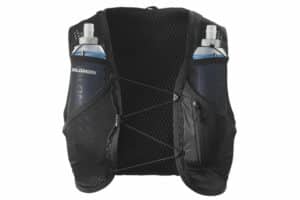

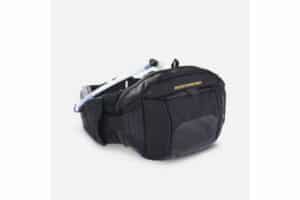
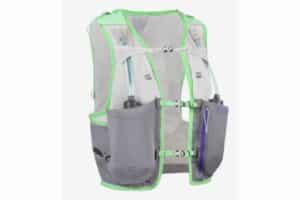
If you’re planning a long run in hot weather, consider bringing a hydration pack or wearing a hydration belt. Check out our top recommendations on our recent Best hydration packs for runners in the summer blog. You can also plan your route around water fountains or carry cash to purchase drinks along the way.
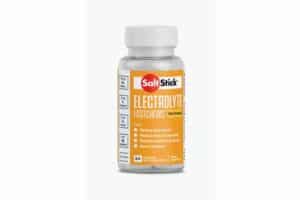
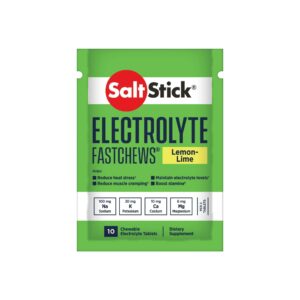
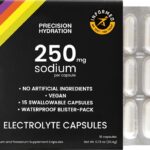
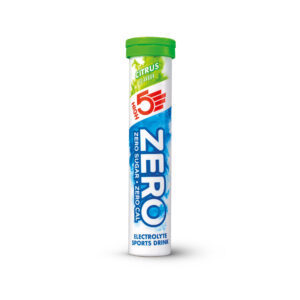
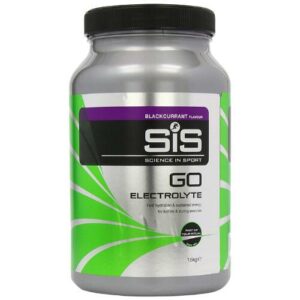
Use salt tablets or electrolyte supplements to replace lost sodium, potassium, and other minerals that are necessary for proper hydration. These supplements can help prevent cramps, improve your body’s ability to regulate its temperature, and reduce the risk of heat related illnesses. Check out our salt tablet and electrolyte recommendations on our blog Using salt tablets during a run: a runner’s secret weapon?
Avoid running during the hottest part of the day, typically between 10 am and 4 pm. Instead, try to run in the early morning or evening when temperatures are lower.
When choosing a route, look for shaded trails or paths with access to water fountains. Avoid running on hot pavement as this can increase your body’s temperature and risk of heat stroke.
Wearing light-coloured, loose-fitting clothing made from breathable materials like cotton or moisture-wicking fabric can help keep you cool while running in hot weather. Avoid dark colours that can absorb heat and tight-fitting clothes that can restrict sweat evaporation.

Pay attention to how you’re feeling while running in hot weather. If you start to experience symptoms of heat exhaustion or heat stroke, stop and find a cool place to rest. Don’t push through discomfort, as this can lead to more serious consequences.
If you’re not used to running in hot weather, it’s important to gradually acclimatise your body. Start with shorter runs at a slower pace and slowly increase intensity as your body becomes accustomed to the heat.
If you or someone else experiences symptoms of heat stroke while running, take immediate action. Find shade or a cooler environment and remove any excess clothing. Use cool compresses or spray the body with cool water to help lower the body’s temperature.
Encourage the person to drink cold fluids if they are able to swallow. If symptoms persist or worsen, seek medical attention immediately.
Heat stroke is a serious medical emergency and requires prompt medical care. Call 999 or seek immediate medical attention if you suspect someone has heat stroke.
While waiting for medical assistance, there are ways to help cool the body down and prevent further complications. These include:
Do not use ice or ice water, as this can cause hypothermia. If possible, submerge the person in a cool bath or pool.
Heat stroke is a serious and potentially life-threatening condition that can occur while running in hot weather. Knowing the causes and symptoms of heat stroke can help you prevent it from happening, and taking proper precautions such as staying hydrated, choosing the right time and place to run, and listening to your body can keep you safe during your summer runs. Always be aware of the signs of heat-related illness and take immediate action if you or someone else experiences symptoms.
Staying well-hydrated is essential. For our top picks on hydration packs, explore our latest blog post: Best hydration packs for runners in the summer. With the right gear and knowledge, you can enjoy running safely in hot weather.
Stay cool and stay safe!
Join our mailing list to stay up to date with the latest UK running events, training tips, and exclusive offers on running products. Rest assured, we value your privacy and would never dream of selling your address. Sign up now…
Share this article
Running 5k three times a week can have numerous benefits for your physical and mental...
As a runner, you’re no stranger to the physical benefits of lacing up your shoes...
When it comes to running, many people often ask: “How long does it take to...
Are you a runner experiencing a lack of motivation, a loss of interest, or even...
Do you think it’s important to get my running gait analysed? I’ve been running for...
We’re here to make sure you’re up-to-date with the latest running tips, events and product discounts – we’ve always got your back! Rest assured, we value your privacy and would never dream of selling your address.
BONUS: Sign up today and receive a FREE code for our Sub-4-Hour Marathon Plan